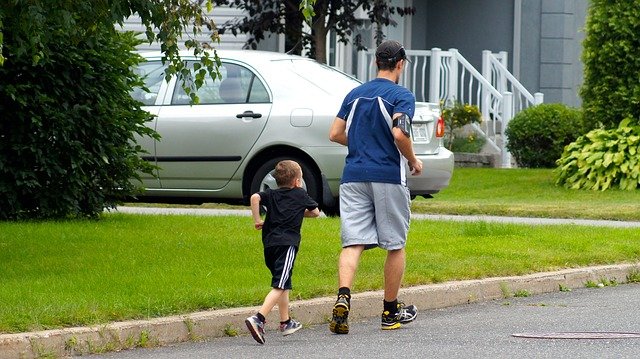Today about the muscular system and other body adaptations during sports training - part 6
Hello!
During the training, various changes occur in the body.

source: pixabay
a) Muscle adaptations:
There are several types of functional, structural changes that occur in the muscles after constant and intense training. Some of them refer to the type of muscle fibers, the number of capillaries, the content myoglobin, mitochondria, oxidative enzymes.
Slow muscle fibers are those involved in aerobic activities. They change their volume slightly during the time training. The number of capillaries belonging to each fiber increases by about 15%, and it facilitates the exchange of nutrients between fiber and blood. Mioglobin, also present in slow-shaking fibers, will store more oxygen and release it to itochondria during the effort.
The number of mitochondria also increases during exercise, as well as the volume of each mitochondria (mitochondria are cellular organelles in which energy is produced).
At the level of these mitochondria, enzymatic activity is accelerated. Thus, an intense effort will produce a lower imbalance in homeostasis, as a direct result of decreasing lactic acid production (lactate threshold rise, in sports terminology).
b) Energy adaptations:
Energy adaptation is the most important adaptation to aerobic effort, the feeling of fatigue occurring much later as a result of increased energy efficiency.
Muscle glycogen is used as a source of energy during exercise, and the mechanisms directly responsible for its resonance are activated after the effort ceases. A trained man will store more glycogen in his muscles.
Also, the amount of triglycerides present in the muscles is higher, being a good source of energy.
c) Respiratory adaptations:
It improves the resistance and effectiveness of respiratory muscles, allowing for better use of exercise capacity.
Training reduces the residual volume (the unused portion of the lungs).
It grows with age and sedentariness.
Increasing the inspired air volume and reducing the respiratory rate during exercise is effective breathing. If you breathe more oxygen in fewer breaths, the inspired air will go deeper into the alveoli in which oxygen-carbon dioxide is exchanged.
It also increases the rate of oxygen diffusion from the lungs in the blood.
Stay fit and healthy!
Have a nice day :)
If you liked it Upvote and Follow me!